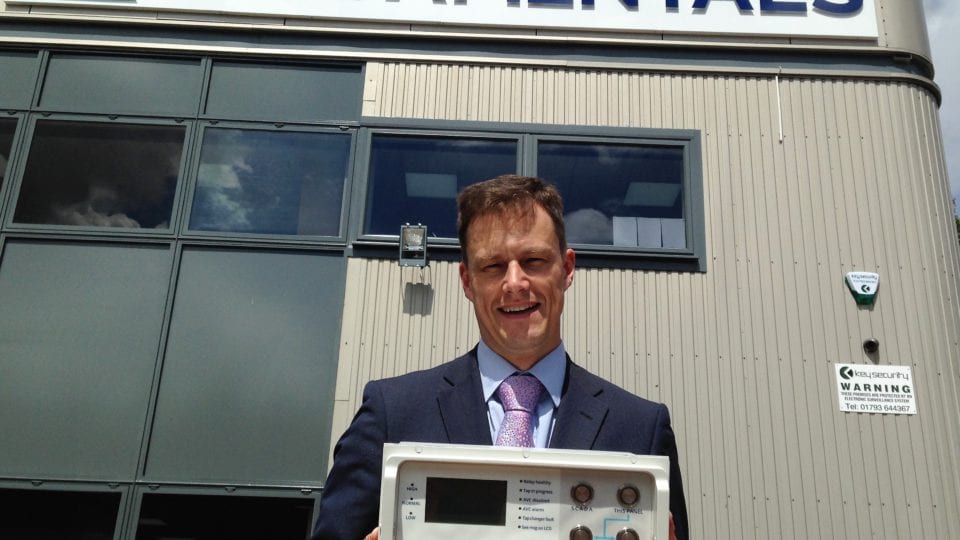The case for a role-based approach to DSO
Dr Vincent Thornley, technology director at Fundamentals, looks at how distribution network operators are continuing their transition to distribution system operators.
13th March 2018 by Networks

The GB electricity industry is undergoing an introspective period as it wrestles with its latest transformation project: distribution system operators (DSOs). Each of the current participants have their own view of what it is to be a DSO. In the end it is Ofgem who may decide the scope through the licences it issues for the next regulatory period, ED2.
Customers of the electricity system and wider stakeholders are demanding greater flexibility, greater security, the ability to use more sustainable sources of electricity and to put it to wider use (e.g. transport), and all without huge increases in the cost of energy. We need to keep in mind that a move to DSO should only be to support stakeholder needs such as these, rather than for its own sake.
Any attempt to define DSO results in extended discussion about what it is and everyone has a slightly different view. The process, therefore, should be to define the required roles (or functions) of the electricity system at distribution level, and for this a good starting point is a model already in use at transmission and market level: the ENTSO-E/EFET/eBIX Harmonised Electricity Market (HEM) Role Model. A role-based model defines the functions required and the interaction between roles and domains of operation. Different actors can then take on combinations of these roles.
The HEM role model is concerned primarily with the interactions between transmission systems, but the model and its definitions can be extended to the distribution layer. The ENA Open Networks project seeks to define the functions of a DSO. However, rather than defining the entity of a DSO, taking a role-based approach including licensing could yield a number of key benefits:
- A more granular approach to licensing network and system services by the regulator. Ofgem could choose to licence different roles to different actors, and these may not be uniform throughout GB. It opens up the possibility of different operating models in rural settings to urban centres, which could include multi-utility system operation, or have a role provided by a city municipality.
- Alternative methods of delivery of some of the functions by different operators. An example of this is some of the ancillary service functions being delivered by Electricity North West’s CLASS project, within which Fundamentals is playing a significant role.
- Flexibility to adjust the licensing model as techniques develop. Indeed, within the bounds of operator suitability assessment, trading of licences could be allowed, reaching a more favourable operating point for the system. This will also enable new market entrants in the system.
Fundamentals recently held an industry event ‘Electricity Networks: Health, Performance and Transformation’, and the transition to DSO featured in a number of presentations across the day. A common theme was clarity around a common objective, whether this related to DSO transition, solving customers’ problems, delivering services or building the 1,000mph Bloodhound car. The lesson for the industry is to focus on the reason for the transformation: solving the energy trilemma.
Comments
Login on register to comment
Related content

Power
Utilities mobilise coronavirus vulnerability support
£800,000 of support has been offered to support those struggling as a result of the pandemic

Power
ENA champions network key workers in new campaign
Trade body justifies continued presence of network staff in customer communities

Power
Surge in popularity for ‘Power Up’ safety website as parents teach at home
UK Power Networks' free website designed to help children stay safe around electricity has seen its visitor numbers rise by more than 90%
Related supplier content
![‘Learning by doing’ on the road to net zero [test product]](https://networksonline.s3.amazonaws.com/products/images/3.jpg)
People & Skills
‘Learning by doing’ on the road to net zero [test product]
DSO director Andrew Roper discusses 'Learning by doing'

Power
Load patterns and lockdown: how Covid-19 is impacting electricity networks
Insights into dynamics on the low voltage network as the outbreak unfolds

Downloads
Protect electrical equipment from insulation failure
Insulation faults are a major cause leading to the eventual failure of electrical equipment. Partial discharge (PD) is a very reliable indicator of developing insulation faults. Regular PD testing allows users to detect and analyze PD activity